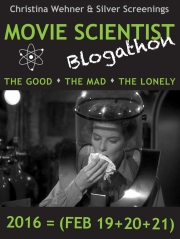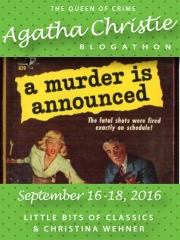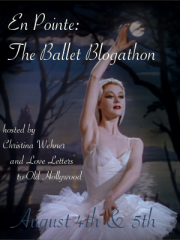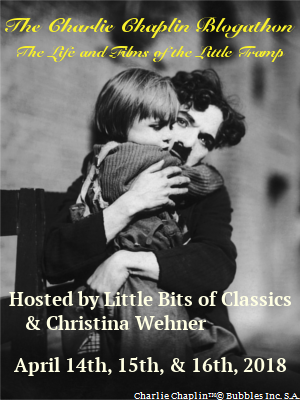 The last time I saw Snow White and the Seven Dwarfs, I must have been around eleven years old. I had just watched the 1978 Les Miserables with Richard Jordan and Anthony Perkins and, along with my cousin and siblings, found it a stressful experience. None of us knew a thing about the story, so when Javert stood there for what seemed an impossibly long time, pointing a gun at Jean Valjean’s head (with one stressful note of music held for an impossibly long time) we really were concerned. After Les Miserables, we wanted to watch something a little more restful.
The last time I saw Snow White and the Seven Dwarfs, I must have been around eleven years old. I had just watched the 1978 Les Miserables with Richard Jordan and Anthony Perkins and, along with my cousin and siblings, found it a stressful experience. None of us knew a thing about the story, so when Javert stood there for what seemed an impossibly long time, pointing a gun at Jean Valjean’s head (with one stressful note of music held for an impossibly long time) we really were concerned. After Les Miserables, we wanted to watch something a little more restful.
But after watching She and reading about how the costumes in that film might have inspired the animators of the Evil Queen in Snow White, I wanted to see it again. Here are my seven main thoughts on the film.
1) It’s like a symphonic poem. I had forgotten how much music is in this film. Not only do characters break into song every five minutes or so, but the musical score (composed by Paul Smith and Leigh Harline) almost never ceases to play. There are multiple examples of “mickey-mousing,” which means using the music to accompany or punctuate a character or animal’s movement or expression. When music is played in time to the steps of the dwarfs, that is mickey-mousing.
But it’s not irritating, but adds considerably to the charm of the film. This is largely because everything in the film seems to be part of the music. The particular sing-song way Snow White talks, the way characters often speak in rhymes, the various noises that animals make, even the noises that characters make (the snoring, the squeaks of shoes, the indelible sound of Doc clearing his throat or Grumpy’s “Humph”), the different timbre of character’s voices. Every sound and every word seems part of one consistent musical whole, making the narrative less important.
I’d also forgotten just how catchy and numerous all the songs are. I spent days singing “With a Smile and a Song” and “I’m Wishing.” Frank Churchill (not Jane Austen’s Frank Churchill) wrote the music for the songs and Larry Morey wrote the lyrics.
 2) Along with the music, the movements of characters are highly stylized. Nobody walks the way Snow White does; she practically floats. The queen has a way of sweeping her cloak artistically and makes grand gestures with her arms. Hands are particularly fascinating to watch in this film. I’m struggling to find a word to describe it all. Poetic, balletic, operatic? Realism is not the dominant goal of this film. It’s a musical storybook.
2) Along with the music, the movements of characters are highly stylized. Nobody walks the way Snow White does; she practically floats. The queen has a way of sweeping her cloak artistically and makes grand gestures with her arms. Hands are particularly fascinating to watch in this film. I’m struggling to find a word to describe it all. Poetic, balletic, operatic? Realism is not the dominant goal of this film. It’s a musical storybook.
3) That forest Snow White runs through at the beginning used to frighten the living daylights out of me. Watching it now, it looks rather German expressionist to me. In fact, I noticed a lot of things this time that never occurred to me previously. Like the cross cutting at the end between the queen offering Snow White the apple and the dwarfs racing to the rescue. I was just reading a book about the silent era that was discussing D.W. Griffith’s famous use of cross cutting in his films, most famously in Birth of a Nation (Diary of a Movie Maniac also makes this observation).
4) Does the magic mirror make house calls? The Evil Queen uses her magic to call him forth and I wonder if there are other homes that he visits.
5) The attitude of Snow White is extremely 1930s. She actually apologizes for being frightened and breaking down in tears. She is a survivor. She just keeps moving forward, bravely ready to face whatever comes next. Snow White is generally considered a rather un-empowered princess, but I think this is partly a product of the Depression. During the Depression, no one was particularly empowered (not even men) and the main thing was to keep moving forward and not complain. Her apology to the animals and then her cheerful “With a Smile and a Song” as she looks for a home in the woods strikes me as typical of the era.
Disney has progressed from “With a Smile and a Song” and keeping on without complaint to “Let It Go,” where Elsa’s practically shaking her fist and shouting, “I’m an individual!” It’s interesting how times change.
 As a side note, I was trying to fit the Dwarf’s apparent wealth with a Depression mentality, but if you think about it: their diamonds and rubies don’t actually make them rich. They don’t have any way to sell or use their gems. They even sing a line about how they don’t know why they dig. They lock their gems in a shed with a key hanging right by the door. Their real treasure is Snow White.
As a side note, I was trying to fit the Dwarf’s apparent wealth with a Depression mentality, but if you think about it: their diamonds and rubies don’t actually make them rich. They don’t have any way to sell or use their gems. They even sing a line about how they don’t know why they dig. They lock their gems in a shed with a key hanging right by the door. Their real treasure is Snow White.
6) In The First King of Hollywood: The Life of Douglas Fairbanks, the author mentions in her introduction that Walt Disney wanted his animators to make the prince look like Douglas Fairbanks. As she notes, however, it’s not obvious that they succeeded.
7) Is it just me or does the prince’s castle look like the celestial heavens? Does that make him death? Not sure I like that interpretation.











